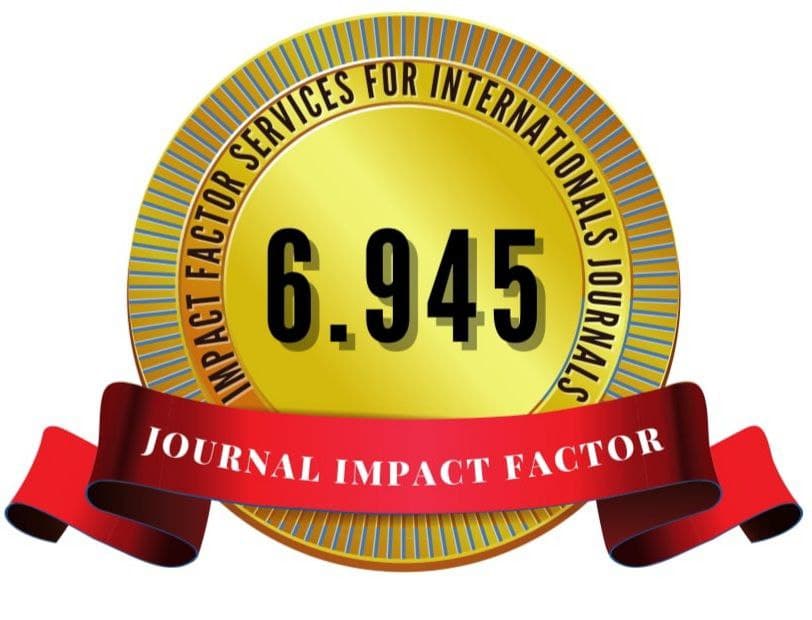Economic Mechanisms Driving Innovation in Non-Governmental Higher Education Institutions
Keywords:
Non-Governmental Educational Institutions, nnovative Development, Economic Mechanisms, Higher Education, Funding Models, Institutional Autonomy, Policy Frameworks, Knowledge-Based EconomyAbstract
Innovative development of higher education is crucial for creating knowledge societies in the age of knowledge economy. In this process, the role of NGEIs is gradually increasing, however the economic aspect of such institution is still understudied. This knowledge deficit is filled by this study which examines the ways in which the funding models, institutional autonomy and policy frameworks affect innovation in NGEIs. The extant literature mainly covers public institutions but this paper offers a particular approach to the non-governmental organizations. In this study, the quantitative data of financial reports from NGEIs has been analysed complemented with the data collected from the interviews with the administrators, educators, and policymakers. Measurement results show that the higher innovative capacity is characteristic of the institution that has the diversified finances, excluding only the state subsidies, including the external investments and various collaboration agreements with businesses. Primary findings concern the role of institutional independence and adaptable policy prompts as sources of structural and financial constraints on innovation. The implications of the findings are that the losvership mechanisms that provide the most promising environment for innovation are those that include both flexible financial approaches coupled with selective policy intervention. However, some issues are still exerting big impacts on how NGEIs can achieve their institutional goals vis- a-vis societal and economic needs; thereby hampering the growth of innovation in NGEIs.
References
Butson, R., & Spronken-Smith, R. (2023). AI and its implications for research in higher education: a critical dialogue. Tandfonline
Crompton, H., & Burke, D. (2023). Artificial intelligence in higher education: the state of the field. International Journal of Educational Technology in Higher Education, 20, Article 22. Educational Technology Journal
Eady, M. J. (2023). Preparing Students for the Future of Work and the Role of the Virtual. Springer
Fu, X., & Shi, L. (2022). Direction of innovation in developing countries and its driving forces. World Intellectual Property Organization (WIPO) Economic Research Working Paper Series, (69).
Guthrie, J., & Neumann, R. (2007). Economic and non-financial performance indicators in universities: The establishment of a performance-driven system for Australian higher education. Public Management Review, 9(2), 231-252.
Hadidi, H. E., & Kirby, D. A. (2015). Universities and innovation in a factor-driven economy: The Egyptian case. Industry and Higher Education, 29(2), 151-160.
Hussain, W. M. H. W., Ab Rahman, M. N., Zainol, Z. A., & InayahYaakub, N. (2014). Mechanism and Government Initiatives Promoting Innovation and Commercialization of University Invention. VOL. 22 (S) JAN. 2014, 131.
Johnson, L., & Anderson, M. (2022). Artificial intelligence in the creative industries: a review. Artificial Intelligence Review, 55, 1-27. Springer
Lee, K., & Kim, H. (2021). The role of Artificial Intelligence in Education: Current Trends and Future Perspectives.
Lin, M. (2023). Research on the Measure and Mechanism of Green Finance Promoting Highquality Economic Development. Modern Economic Science, 45(3), 101–113. https://doi.org/10.20069/j.cnki.DJKX.202303008
Ma, R. (2024). Research on the Impact Mechanism of Smart City Construction on Economic Growth—An Analysis Based on the Schumpeterian Innovation Theory Framework. Systems, 12(7). https://doi.org/10.3390/systems12070251
Ma, S. (2023). Analysis of the spatio-temporal coupling coordination mechanism supporting economic resilience and high-quality economic development in the urban agglomeration in the middle reaches of the Yangtze River. PLoS ONE, 18(2). https://doi.org/10.1371/journal.pone.0281643
Popov, E. V. E., Veretennikova, A. Y. E., & Omonov, Z. K. (2016). Institutional mechanism for shaping social innovation. Ekonomicheskie i Sotsialnye Peremeny, (47), 57.
Powell, P., & Nayak, B. S. (2022). Creative Business Education: Exploring the Contours of Pedagogical Praxis. Springer OECD. (2023). PISA 2022 Creative Thinking Framework. Retrieved from OECD iLibrary
Smith, J. (2023). Economic Models and Policy Analysis in Higher Education: A Conceptual Framework. Springer UNCTAD. (2022). Creative Economy Outlook 2022. Retrieved from UNCTAD
Wang, T. (2023). The knowledge dynamics of regional economic development and its multi-locational mechanism. Progress in Geography, 42(4), 782–795. https://doi.org/10.18306/dlkxjz.2023.04.013
Williams, J., Pollard, E., Cook, J., & Byford, M. (2022). Enhancing Creative Education. Creative Industries Policy and Evidence Centre. Pec Academy
Yang, X. (2022). Study on the evolution driving mechanism of IPM to regional economic development. Mathematical Biosciences and Engineering, 19(7), 6699–6711. https://doi.org/10.3934/mbe.2022315







